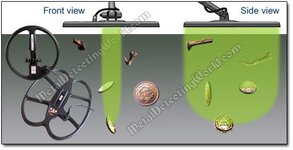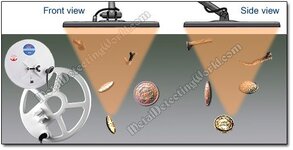Hello,
I'm new to metal detectors and have some search coil questions.
1) What size would a small, medium and large sized coil be?
2)Are there only three different types of search coils: A)concentric coils B)monoloop coils and C)Double D coils? Or are there more types than that?
3)Are all search coils interchangeable only within the same brand of detector or is there some kind universal standard on search coils where any coil will work on any detector?
4)Is there anything else that a beginner should know about search coils that you can think of, like for example: some brands of search coils are made better than others or maybe work better or have greater depth or whatever?
Thank you for any help
I'm new to metal detectors and have some search coil questions.
1) What size would a small, medium and large sized coil be?
2)Are there only three different types of search coils: A)concentric coils B)monoloop coils and C)Double D coils? Or are there more types than that?
3)Are all search coils interchangeable only within the same brand of detector or is there some kind universal standard on search coils where any coil will work on any detector?
4)Is there anything else that a beginner should know about search coils that you can think of, like for example: some brands of search coils are made better than others or maybe work better or have greater depth or whatever?
Thank you for any help
Upvote
0








